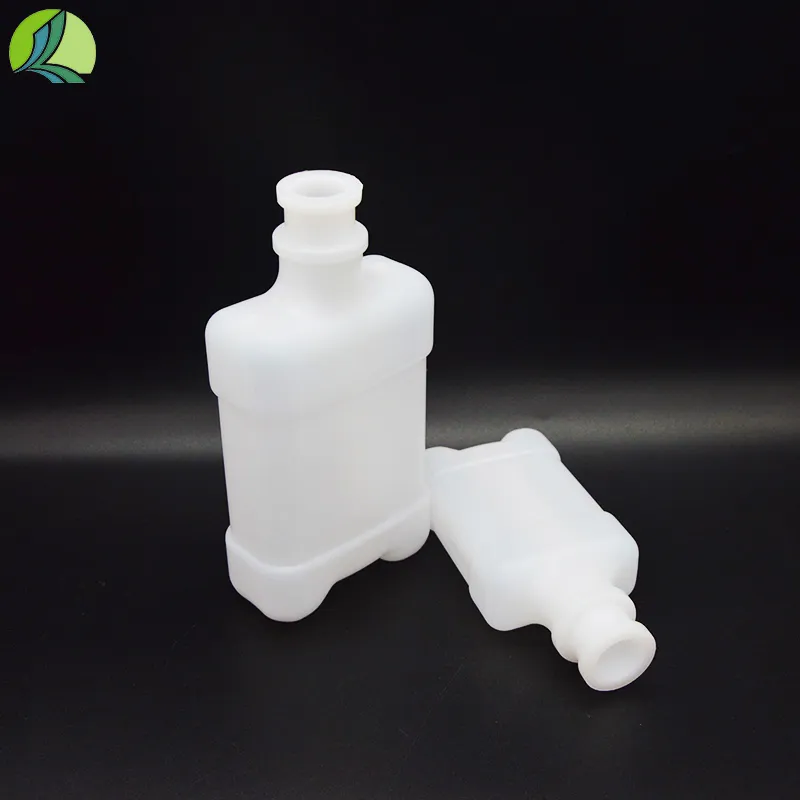Exploring Various Types of Tubes Utilized in Centrifuge Applications for Enhanced Laboratory Results
The Role of Tubes in Centrifugation A Comprehensive Overview
Centrifugation is a fundamental technique widely employed in laboratories across various scientific disciplines, including biology, chemistry, and clinical diagnostics. This method utilizes the principle of centrifugal force to separate components within a mixture based on their densities. The effectiveness and efficiency of this separation depend significantly on the types of tubes utilized during the centrifugation process.
Centrifuge tubes come in various shapes, sizes, and materials, each designed to suit specific applications. The most common materials used for centrifuge tubes are polypropylene and polycarbonate. Polypropylene tubes are lightweight, resistant to chemicals, and can withstand relatively high centrifugal forces, making them suitable for a wide range of applications, including sample storage and processing. In contrast, polycarbonate tubes are often used in high-speed centrifugation due to their superior strength and transparency, allowing for visual inspection of the contents.
The Role of Tubes in Centrifugation A Comprehensive Overview
Another essential aspect is the shape of the centrifuge tube. Conical tubes, commonly used in laboratories, facilitate the collection of pelletized materials at the bottom due to their tapered design. This shape allows for easy aspiration or removal of supernatants. In contrast, flat-bottom tubes are typically used for applications requiring a stable base, such as when samples need to be mixed or processed during centrifugation at moderate speeds.
tubes used in centrifuge

Moreover, the lid or closure mechanism of the tube plays a significant role in ensuring sample integrity. Secure closures prevent leaks and contamination, which is particularly critical in sensitive experiments involving DNA, RNA, or proteins. Many manufacturers offer tubes with hermetic seals or screw caps, which provide an extra layer of security under high-speed conditions.
The choice of centrifuge tubes also extends to specific applications like blood collection and processing. For instance, blood collection tubes are often treated with anticoagulants, and come in various types, each tailored for different testing requirements. Such tubes are an indispensable part of clinical laboratories, where they facilitate the separation of serum or plasma from blood cells.
In addition to their practical applications, the use of certified and validated tubes is essential for regulatory compliance in pharmaceutical and clinical research settings. Ensuring that centrifuge tubes meet specific quality standards helps prevent contamination and guarantees the reproducibility of results, a critical requirement in scientific inquiries.
In conclusion, centrifuge tubes are indispensable components in the centrifugation process, significantly influencing the effectiveness of sample separation and integrity. With a variety of materials, shapes, and sizes available, selecting the appropriate tube is essential for achieving optimal results in various laboratory applications. As research evolves, continuous innovations in tube design and materials will further enhance the efficiency and reliability of centrifugation techniques, ultimately contributing to advancements in scientific exploration and clinical diagnostics. Thus, understanding the importance of centrifuge tubes is vital for anyone involved in laboratory work, ensuring successful outcomes in their experimental endeavors.
-
Plastic Medicine Liquid Bottle: Secure Flip Top Drug VialsNewsAug.17,2025
-
Durable 250ml Blue Plastic Vaccine Vial for Lab & Vet UseNewsAug.16,2025
-
Sterile Virus Sample Tubes: Secure & Reliable Specimen CollectionNewsAug.15,2025
-
White 250ml Plastic Vaccine Vial for Lab & Vet MedicineNewsAug.14,2025
-
Premium Clear Plastic Vaccine Vials for Lab & Vet MedicineNewsAug.13,2025
-
Plastic Clear Vaccine Vials | Lab & Vet Liquid StorageNewsAug.12,2025
























